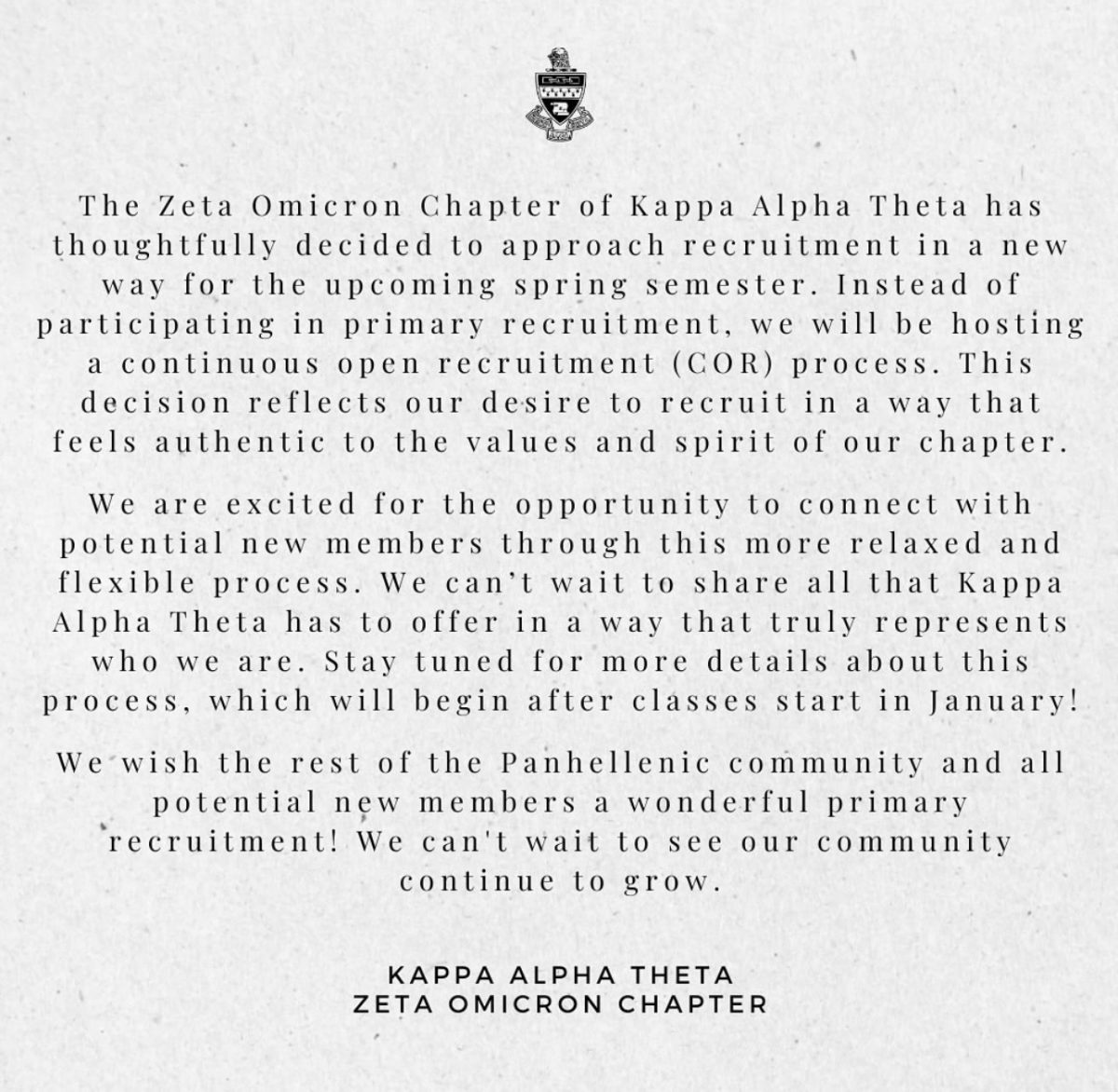The Association of American Medical Colleges (AAMC) estimates that 53,000 students across the United States applied to medical schools for the 2016-17 academic year. When the year started, only an approximate 40% of those students were enrolled.
These statistics should be unsurprising, as American medical schools are famous for their rigor and exclusivity. But another factor has provoked some consternation — tuition.
The AAMC estimates the average cost of attendance for private medical schools to be about $60,000 a year, while the cost for in-state students at public medical schools can be as low as $35,000. Students tend to graduate with a median debt of $200,000.
According to a national survey of 349 pre-med students conducted annually by Kaplan Test Prep, 47% opine that medical schools should offer free tuition to everyone they admit, in a manner resembling what New York University (NYU) announced for its students in 2018. Nineteen percent are in favor of a selective need-based free tuition scheme, while a mere 34% think the medical school financial aid system should remain the same. Eighty percent of the interviewed students characterized the cost of medical school as a “major prohibitive factor.”
“This number is troubling for a couple of reasons,” Jeff Koetje, Kaplan’s director of pre-health programs, said. “It suggests that a large number of qualified prospective applicants might decide to opt out of the pre-med trajectory simply because of the cost.”
Koetje also said that prohibitive costs exclude students with less financial resources from medical school, an impact that is at odds with the schools’ goals to increase the overall diversity of those they admit.
Despite the recent free-tuition direction that some schools have taken, surveys conducted by Kaplan on medical school admissions officers suggest that this will be far from the norm. A mere 4% of the submitted responses indicated plans for free tuition for all admitted over the next five to 10 years. Another 4% said they would adopt free tuition for students under a certain level of income, akin to a plan devised for Cornell’s financial aid students.
“Student tuition is part of a complex mix of finances that support the medical school effort,” Koetje said. “Some of that other funding is coming through federal or state grants. If we begin to talk about medical school tuition being free for students, it means a significant change for how medical schools support themselves and are financially sustainable.”
NYU’s ability to dole out free tuition largely stems from a donation of $100 million from Ken Langone, co-founder of Home Depot and chair of NYU Langone Health’s board of trustees.
As such, many applicants have gotten used to the idea of imminent debt.
“I was already kind of resigned to the fact that I was going to end up shelling out around a quarter of a million dollars,” said Nathan Fischer, an applicant from Marquette University.
Fischer acknowledged that the medical field is generally considered to provide sufficient financial returns to those who make their way through it, but he reiterated the importance of costs in his decision. He is primarily considering schools in his home state of Wisconsin, as well as certain private schools.
“NYU’s programs are great, so they were always on my radar,” he said. “Now it’s like I have nothing to lose. Even if I had no chance of getting in I’d still apply, because if you get in, it’s free.”
Other students shared Fischer’s sentiments.
“I think that’s why applications to NYU have skyrocketed,” said Kendall Derry, an applicant from Vanderbilt University. “It’s such a big deal and so unusual.”
Derry has already been accepted to NYU, and is waiting for other responses before making her decision. She said cost was significant in determining where to apply, as she is funding her own medical education.
“I think as long as [medical schools] have the infrastructure in place they should consider free tuition,” Derry said. “I think it’ll just take a long time for that to happen.”
Koetje recommends that pre-med students be proactive in ensuring that they are the most competitive candidates for admissions and for earning merit-based aid or scholarships.
“Pre-med students should think carefully about how they will pay for their medical education well in advance of applying,” Koetje said. “keeping in mind that it is still an excellent investment, despite the up-front costs.”














